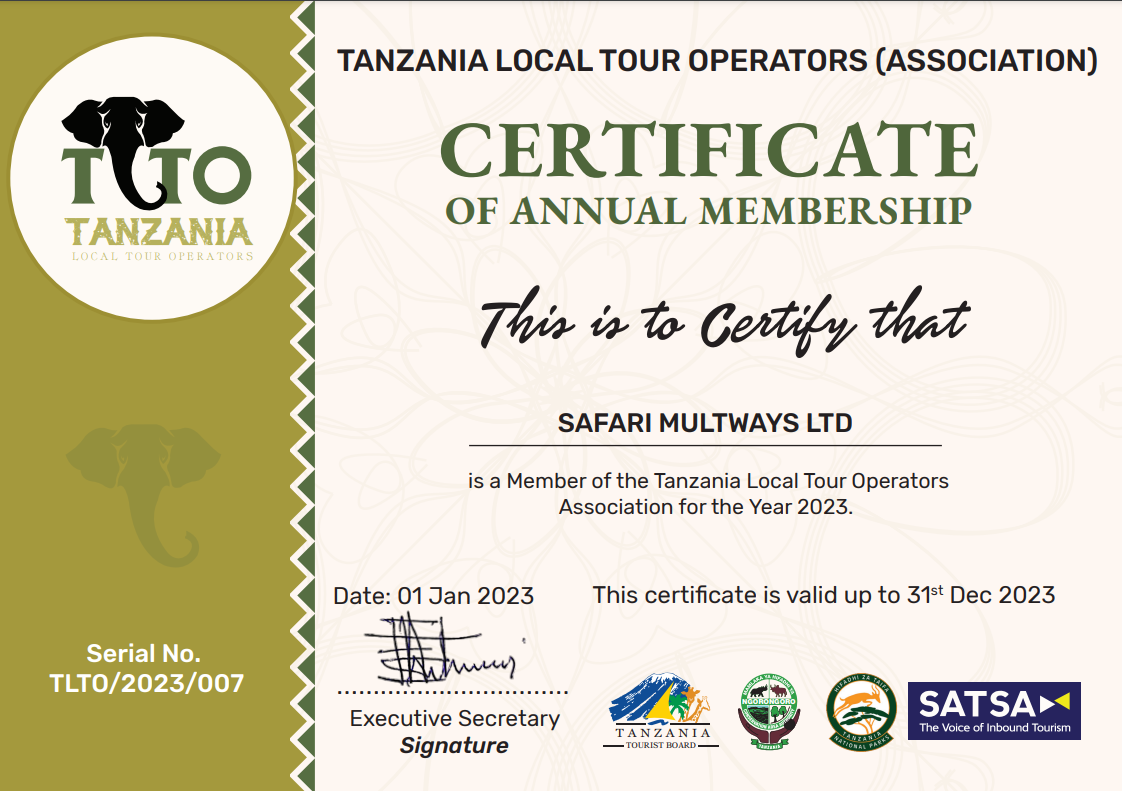Age Limits for Climbing Kilimanjaro
Determining the Appropriate Age Limit for Climbing Kilimanjaro
Climbing Mount Kilimanjaro is a dream for many adventure seekers. However, it is essential to consider various factors before embarking on this challenging journey, including age limits. Setting the right age limit for climbing Kilimanjaro is crucial to ensure the safety and success of the climbers. In this article, we will discuss the factors to consider when determining the appropriate age limit for climbing Kilimanjaro.
Factors to Consider When Setting Age Limits for Kilimanjaro Summit
-
Physical Fitness: One of the most critical factors to consider when setting age limits for climbing Kilimanjaro is the physical fitness of the climbers. The climb to the summit is physically demanding and requires a certain level of strength and endurance. Older climbers may struggle with the strenuous trek due to age-related physical limitations. It is essential to assess the physical fitness of climbers, regardless of their age, before allowing them to attempt the climb.
-
Altitude Acclimatization: Climbing Kilimanjaro involves reaching high altitudes, which can pose a risk of altitude sickness. Older climbers may have a higher risk of developing altitude-related illnesses due to their age. It is crucial to consider the climbers’ ability to acclimatize to high altitudes when setting age limits for the summit. Proper acclimatization is essential to ensure the safety and well-being of the climbers during the climb.
-
Experience and Training: Climbing Kilimanjaro is not a walk in the park; it requires proper training and experience. Older climbers may have limitations in terms of training and experience compared to younger climbers. It is essential to consider the climbers’ experience level and training before allowing them to attempt the climb. Proper preparation is key to a successful summit.
-
Medical Conditions: Age often comes with various medical conditions that can affect a climber’s ability to tackle the challenges of climbing Kilimanjaro. It is essential to consider any underlying medical conditions that may pose a risk during the climb. Climbers with pre-existing medical conditions should undergo a thorough medical evaluation before attempting the summit.
-
Guided Tours: Joining a guided tour can significantly impact the age limits for climbing Kilimanjaro. Many tour operators have specific age requirements for their climbs to ensure the safety and success of the climbers. It is essential to check with the tour operator about their age limits and requirements before booking a climb.
-
Personal Goals and Motivation: While age is a crucial factor to consider when setting age limits for climbing Kilimanjaro, it is also essential to consider the climbers’ personal goals and motivation. Some older climbers may be in excellent physical condition and have the determination to conquer the summit. It is essential to evaluate the climbers’ personal goals and motivation before setting age limits for the climb.
In conclusion, setting the appropriate age limit for climbing Kilimanjaro requires careful consideration of various factors, including physical fitness, altitude acclimatization, experience and training, medical conditions, guided tours, and personal goals. By taking these factors into account, climbers can ensure a safe and successful journey to the summit of Mount Kilimanjaro.



